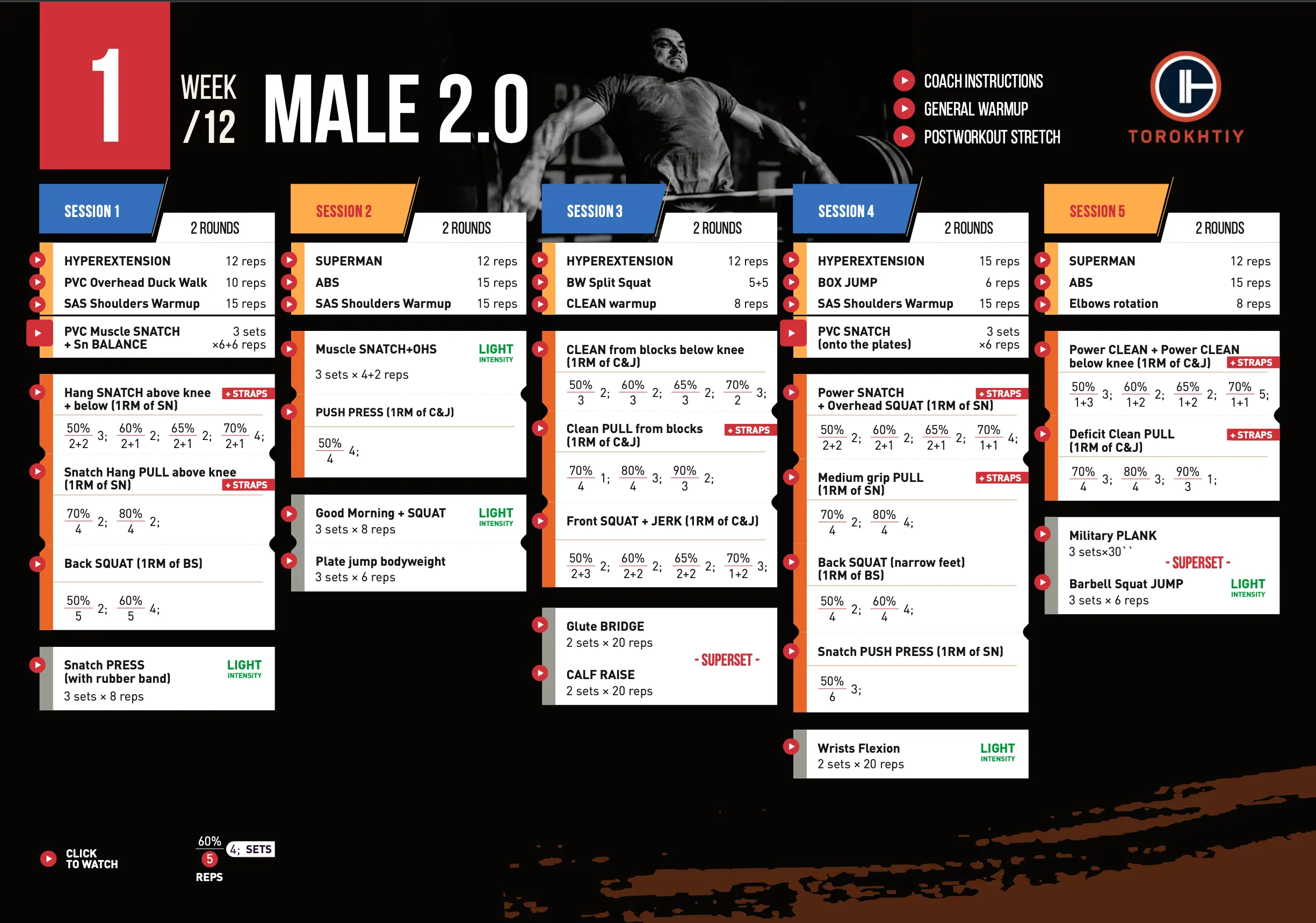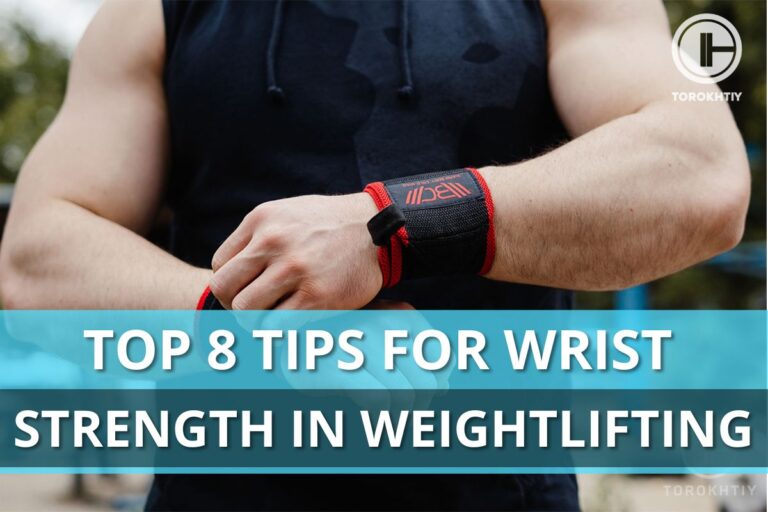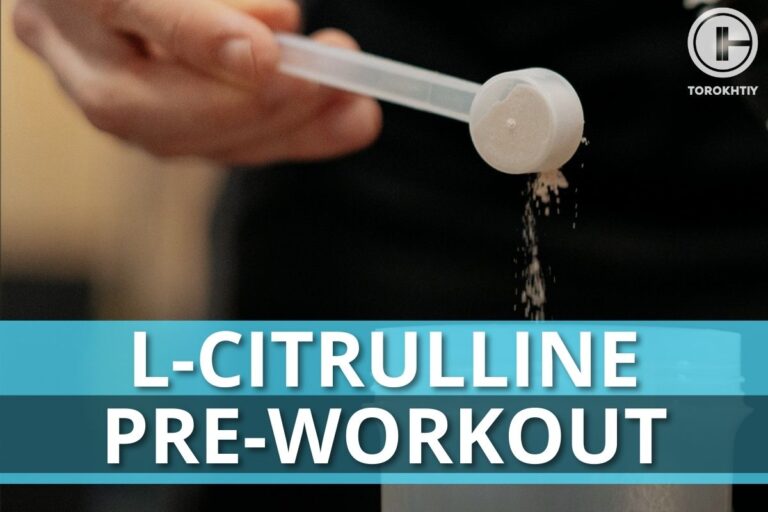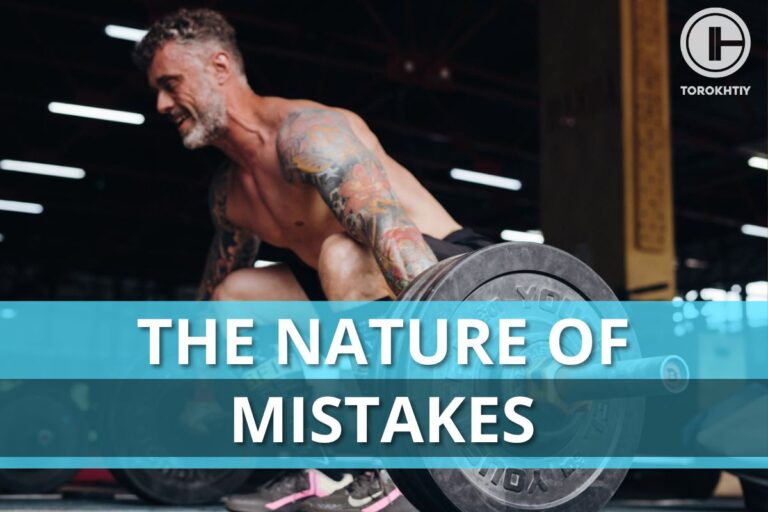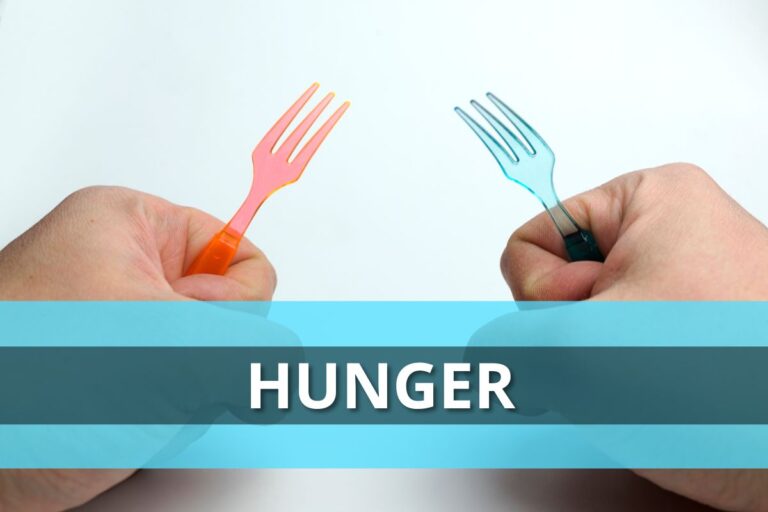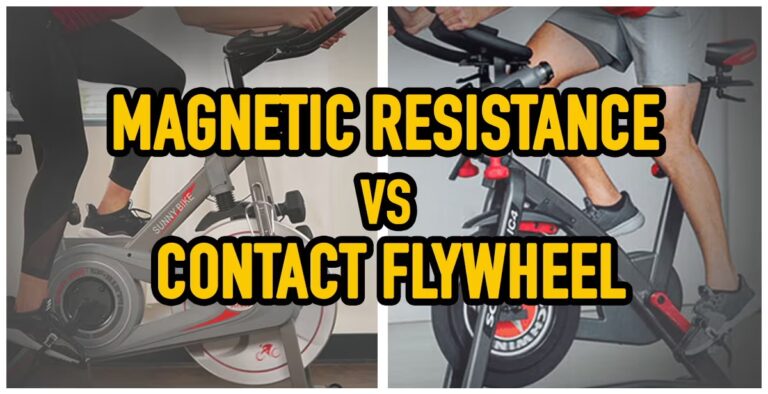Top 5 Mistakes In Olympic Lifting
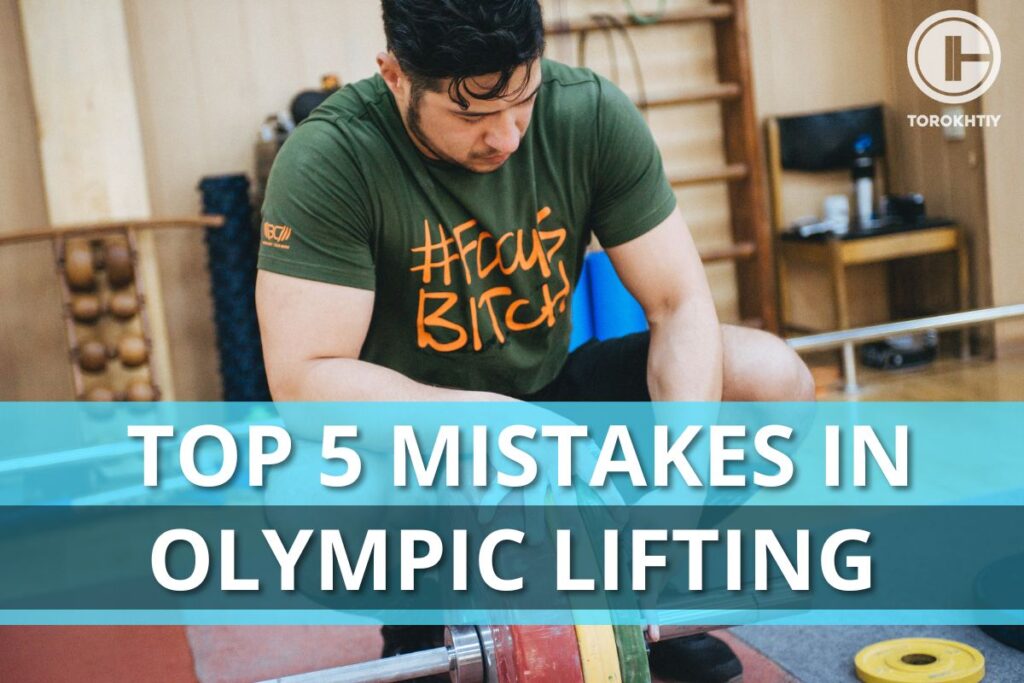
This article also available as audio. Check this out!
Subscribe and listen it anywhere:
Every athlete strives to do everything possible to get the best results. But in the training routine it is possible to overlook mistakes that prevent development. That is why we have prepared the top 5 mistakes in weightlifting.
Chasing The Result
Anyone who falls in love with Olympic weightlifting dreams of lifting heavy and, of course, wants to reach that goal as quickly as possible. These “heavy weights” are different for every person, but it’s important to remember and understand that each of us has their own genetic potential. Together with lots of other accompanying factors, this potential improves or hinders our ability to lift the heaviest barbell. An athlete should always remember that by definition, finding your heaviest weight will not happen right away – strength and skill both require time to develop.
My coach used the term “novice” for the athletes who were engaged in Olympic weightlifting for less than 2 years. That is exactly the time frame necessary to sufficiently master your technique and prepare ligaments and muscles for real weightlifting. Working up to this goal will bring the results you desire, and help you avoid injury and disappointment. Unfortunately, I often see weightlifters attempting to race against time and lift a weight far outside their ability, despite the fact that they lack technical training and power base. It’s exactly these sorts of experiences that made me want to write this article, to help others avoid the same mistakes, and to give you the chance to feel the joy of Olympic weightlifting, health, strength and beauty!
Bad Warp Up
I always thought that warming up before training was common sense. A simple and clear rule that everyone knew to follow. My coach taught me about warming up the right way when I was still really young. For me, it’s just second nature. But when I began working as a coach myself and started meeting athletes in different countries and at different gyms, I noticed that often times, this simple rule gets overlooked or worse, bungled through bad practices. Many athletes don’t understand that before you ever take the bar in your hands, you need to do a general joint-by-joint warm up for at least 15 minutes. It is extremely important to prepare your body in this way for the main work, and for the heavy loads you will be putting on your musculoskeletal system.
I always remind my athletes that warm up improves joint mobility, coordination of muscles and nerves, and increases metabolism. Raising your heartrate, bringing your body temperature up, is crucial. A proper warm up helps to open up capillaries in the muscles and thus increases the blood supply. Moreover, this rise in your core temperature reduces the viscosity of muscles and improves their elasticity, protecting against possible sports injuries. It is also important to remember that the musculoskeletal system is not ready right after the warm up to do strenuous lifting. Give yourself 5 to 8 minutes after your warm up before continuing. Then you can pick up the bar and start your exercise and training program.

Too many athletes have problems with warm up due to the lack of correct information. Even for warm ups done with an empty barbell I recommend to split your main exercise into smaller sets. Start with the bar. Then, add weight in the range of 5 to 20 kilograms. Flow much weight to add depends on your skill level, i.e., the less the athlete’s experience and skillset – the smaller each «step» should be.
Copying The Top Athletes’ Technique
I often hear beginners say: I’ve seen a video about a world champion performing this exercise in a specific way, so it must be correct. Yes, and no. Firstly, it’s impossible for an athlete who trains for 3 months to compare themselves to an athlete who has been training for 15 years or more. A beginner’s technique and a professional’s technique have different criteria, amplitude and speed characteristics.
Secondly, the world’s top athletes are often unique, one-of-a-kind people with their own unique body structure and movement techniques which a novice who is only starting out won’t have. In other words, a professional who has mastered their craft will often tailor their technique to suit themselves. What works for them may not work for anyone else. Of course, you can and should watch and admire a unique athlete, just don’t blindly copy someone’s technique. Imitating someone else does not push you forward as an athlete. To grow your sports skills, you need to feel and listen to your body and understand the rules that govern your every single movement.
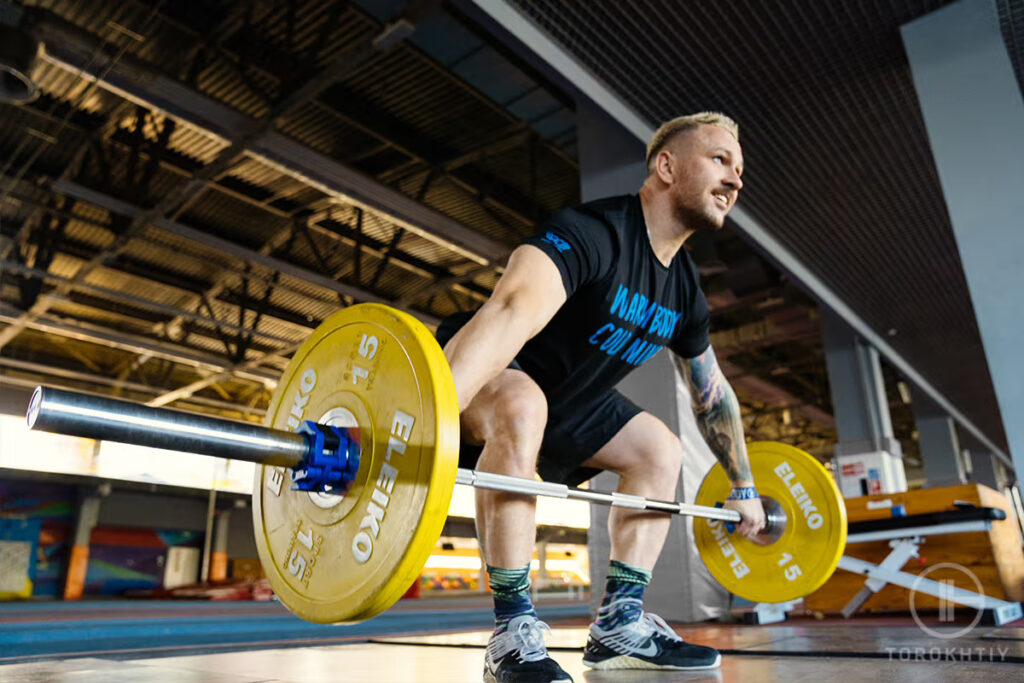
Start with simple movements, and only then proceed to complex ones. And for that, you will need to patiently learn and focus on self-improvement!
Overtraining
Many athletes believe that if they constantly drive themselves to the limits of their physical and mental abilities, they will reach new heights and weight limits. In practice, that often means athletes first forcing themselves into a state of overtraining, which can lead to getting injured. As a result, such overtraining may make any further training impossible. Remember, you can’t always be at the peak of your sports performance. That sort of strain on your body will destroy you physically. Performing at your peak is meant to be a temporary condition.
Professional athletes work towards this state for months in order to prepare themselves to reach a peak level while competing, but afterward their training load is deliberately lowered to give their body time to recover. Also remember this: Improvement is not a straight line. Your personal results will go up, they will go down, and some weeks they will seem to go nowhere. Don’t lose hope. Learn your body’s limits. Test them, but don’t over reach, and always remember to give yourself time to recover.
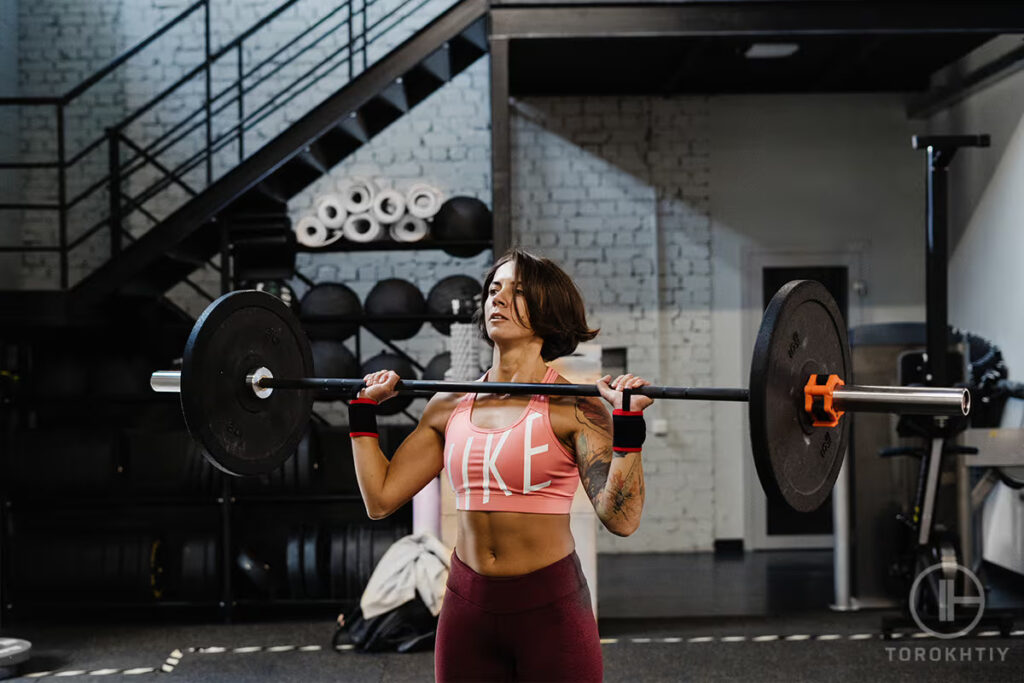
Let me give you a little story to illustrate my point. An athlete (in the heavy weight category) told me that his training program had been based around his goal to continually add 2 kg in SNATCH and CLEAN & JERK every week. He believed it was possible. At the time, his results were already quite high: SNATCH – 165 kg and for the CLEAN & JERK – 200 kg. I told him: a year consists of 52 weeks and based on your calculations, in a year you should lift 269 kg in SNATCH and 304 kg in CLEAN & JERK. Even a simple goal like 2 kilograms a week can be too much. Don’t overwork your body.
Training Alone In The Garage
Before I visited the US for the first time, I had only seen weightlifters working out in the garage on the internet, so I didn’t think much about this phenomenon. However, when I found out that thousands of people train this way, I was incredibly surprised. Of course, it’s great if you can buy a platform and a bar and train on your own. Still there are several other elements of a proper muscle and spirit training that you’re missing when you choose to train this way. A coach is a person who understands what is going on and can give you an unbiased outside-in perspective on how well you’re doing. When the bar is heavy, the senses can deceive, especially for beginners.
🔻12-Week Olympic Weightlifting Program by Oleksiy Torokhtiy
Transform your strength and technique with our 12-week Olympic Lifting Program, made up of 5 sessions per week.
It is designed by Olympic Champion for athletes who are looking to set new personal records safely in Snatch or Clean & Jerk.
Program details:
- 12 weeks + 2 bonus weeks
- 45-120 minutes per session
- 50+ specific exercises/98 video instructions
- Primary focus on Olympics Lifts
- Full access to all training content
- Weekly video coach instructions
Start now and boost your weightlifting results!
Also, a coach allows you to enhance your subjective analysis of your progress because they will always have a clearer and more objective view of your performance. If all you have is your opinion you might not see the mistakes, the miscalculations, the errors that will hold you back. A coach can always motivate, and – what is more important – stop you when needed. Another serious issue related to working out on your own is that isolation can deprive an athlete of one essential component of the skill progression – a competitive environment. Training with your peers, your older friends and experienced athletes, creates an environment that makes you seek, develop and achieve new results.
Professional athletes will understand me: when there are three of you, all strong athletes, in one weight category, and only one place at Olympic Games, you work harder to be the best.
Related articles:
You might be interested in:
Why Trust Us?
With over 20 years in Olympic Weightlifting, our team does its best to provide the audience with ultimate support and meet the needs and requirements of advanced athletes and professional lifters, as well as people who strive to open new opportunities and develop their physical capabilities with us.
By trusting the recommendations of our certified experts in coaching, nutrition, dietology, and sports training programming, as well as scientific consultants, and physiotherapists, we provide you with thorough, well-considered, and scientifically proven content. All the information given in the articles concerning workout programming, separate exercises, and athletic performance, in general, is based on verified data. We ensure that you can rely on our professionals’ pieces of advice and recommendations that can be treated as personalized ones which will benefit you and fully meet your needs.
The product testing process is described in more detail here
Author: Sergii Putsov
Head of Sport Science, PhD
Best Results: Snatch – 165 kg,
C&J – 200 kg
Sergii Putsov, Ph.D., is a former professional weightlifter and National team member, achieving multiple medals in the 94 kg weight category at national competitions. With a Master’s degree in “Olympic & Professional Sport Training” and a Sport Science Ph.D. from the International Olympic Academy, Greece, Sergii now leads as the Head of Sport Science. He specializes in designing training programs, writing insightful blog articles, providing live commentary at international weightlifting events, and conducting educational seminars worldwide alongside Olympic weightlifting expert Oleksiy Torokhtiy.






